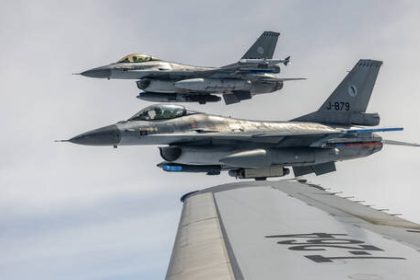American media: Reducing the arms shortage does not help to solve the deeper challenges of Ukraine
U.S. officials worry that the easing of arms restrictions is merely a short-term palliative for Ukraine’s deeper challenges on the battlefield, and will not be effective in drumming up support for what has become a costly war of attrition.
According to Isna, with the time of the American elections approaching in November, which is only 53 days away, the administration of the President of the United States, Joe Biden, intends to reduce the restrictions on Kiev’s attacks against Russia.
With four months left in the Biden administration and little hope of Congress passing additional funding for Ukraine — regardless of who wins the presidential election — the White House is debating how best to help Kiev. Due to their limited means.
The American media “Wall Street Journal” writes, referring to this point: “This includes the potential removal of some geographical restrictions on Ukraine’s use of some Western weapons for cross-border attacks against Russia; A possibility that Anthony Blinken, the US Secretary of State, recently raised in Kiev.
Biden’s top aides are under no illusions that Ukraine can win by Jan. 20, when a new president takes over the White House, and have lowered expectations for what they think Kiev can achieve in the next four months. U.S. officials said they are not pressuring Ukraine into peace talks or trying to dictate battlefield plans.
According to a senior Biden administration official, the goal is to “improve Ukraine’s strategic situation as much as possible between now and the end of Biden’s presidency.”
Zelensky’s meeting with the foreign ministers of the United States and England in Kiev
The issue became more challenging on Thursday, when Russia announced it had launched a massive counteroffensive in the Kursk region, more than a month after Ukraine’s surprise invasion. Since Russia launched its offensive in February 2022, the war in Ukraine has defined the foreign policy agenda of the Biden administration. Biden will use his leadership to strengthen the NATO alliance and rally Western countries to support Kiev. But he also faces criticism that Western support has always been “too little and too late.”
When Biden took office four years ago, he promised to end America’s so-called perpetual wars that waste lives and resources. Now his presidency is winding down, the war in Ukraine continues, and Russia’s advance on a key logistical hub is within reach of Kiev’s forces. If Kamala Harris, Biden’s deputy and the Democratic candidate in the November election, takes over the presidency of the White House, she will face the same constraints as Biden in trying to maintain support for Ukraine.
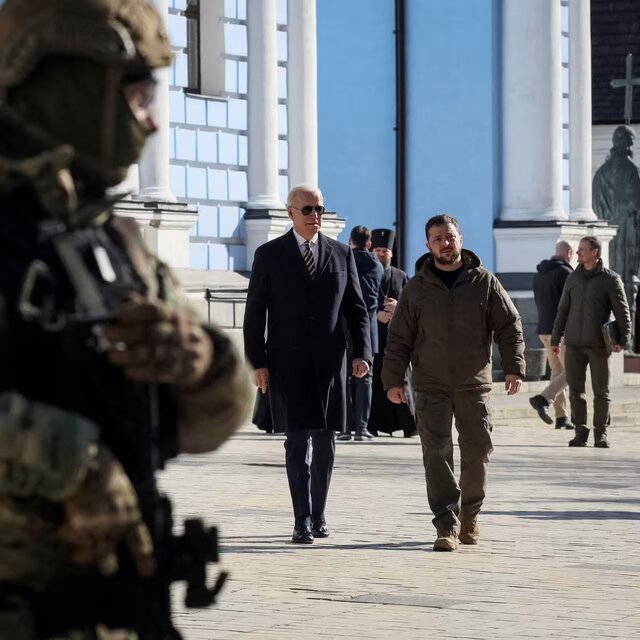
Zelensky, Biden
If former US President Donald Trump wins the election, Ukraine will face a new and potentially unknown dynamic in Washington. During this week’s presidential debate, Trump declined to say whether a Ukraine victory would be in the United States’ interest, but promised to end the two-and-a-half-year-old war if elected by holding talks with the leaders of Russia and Ukraine. . He did not provide any details on how to convince the two sides to negotiate.
According to the Wall Street Journal, for now, the conflict appears to be unending and risks escalating with a nuclear-armed Russia. Moscow has not shown much desire to resolve the conflict during Biden’s presidency and is waiting to see the outcome of the US elections.
Rachel Rizzo, a senior fellow at the Atlantic Council, a Washington-based think tank, said the Biden administration’s strategy “looks deeply like a recipe for another endless war” because it “fails to send enough weapons to make a decisive difference on the battlefield, and they have a clear understanding of “They don’t know how the end of the game should be.”
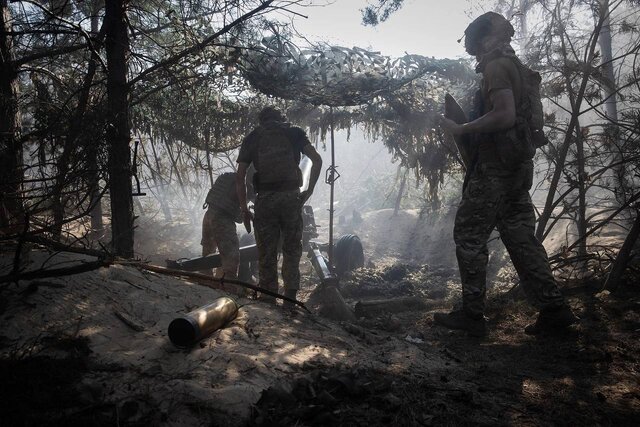
Ukraine war
Meanwhile, Russian President Vladimir Putin has repeatedly shown his interest in negotiations and has asked Kiev to recognize the new developments in the field.
This senior Biden administration official claimed: “I personally have not seen any indication that Russia is currently willing to engage in meaningful negotiations that would lead to an acceptable outcome for Ukraine.”
At the urging of Ukrainian officials and NATO allies, the Biden administration in May eased restrictions on some long-range weapons provided by the United States, allowing Ukraine to strike targets inside Russia in response to cross-border attacks. U.S. officials now say they are considering easing those restrictions further; This time to expand the geographical area from which Ukraine can launch some ammunition into Russian territory, beyond Kharkiv and Sumy regions.
This is unlikely to satisfy Kiev, which has been asking the Biden administration for months to allow its forces to use a specific long-range weapon – the US military’s tactical missile system, which can travel 190 miles. (ATKMS)- to use it to attack targets deep in Russia.
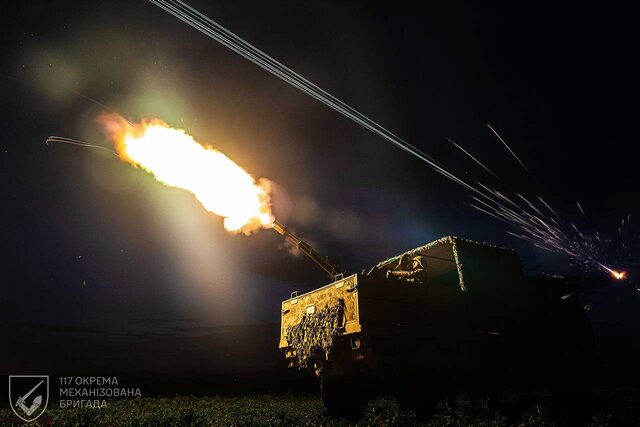
Ukraine war
The Pentagon has refused to budge on the issue, officials said, both because it believes the impact will be limited and because of concerns about the size of its reserves.
U.S. officials worry that the easing of arms restrictions is merely a short-term palliative for Ukraine’s deeper challenges on the battlefield, and will not be effective in drumming up support for what has become a costly war of attrition.
Ukraine’s attack on Russia’s Kursk region last month caused tension with Washington. American officials say that Kiev forces managed to capture about 500 square miles of Russian territory. This is the first time that Russia has been invaded since World War II, but the area is not very strategic. Publicly, the United States has not commented on the Ukrainian operation.
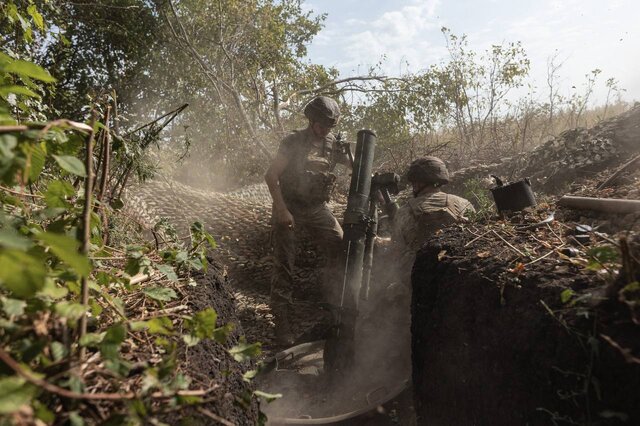
Ukraine war
“They (the Ukrainians) see this as part of their strategy to defend themselves and develop leverage,” said the senior Biden administration official. And of course, we will not be an obstacle in this way. “But behind the scenes, US officials worry that by sending so many troops to Kursk, Ukraine has greatly weakened its forces and made itself vulnerable in the east.”
U.S. officials say the Biden administration wants Kiev to focus on stopping Russia’s advance east along current battle lines.
The Washington administration managed to provide Ukraine with a $60 billion aid package earlier this year, enough to sustain Kiev’s forces for months to come, but those levels of funding are unlikely to continue in the future, regardless of who occupies the White House. occupies
end of message
News>RCO NEWS
RCO
















